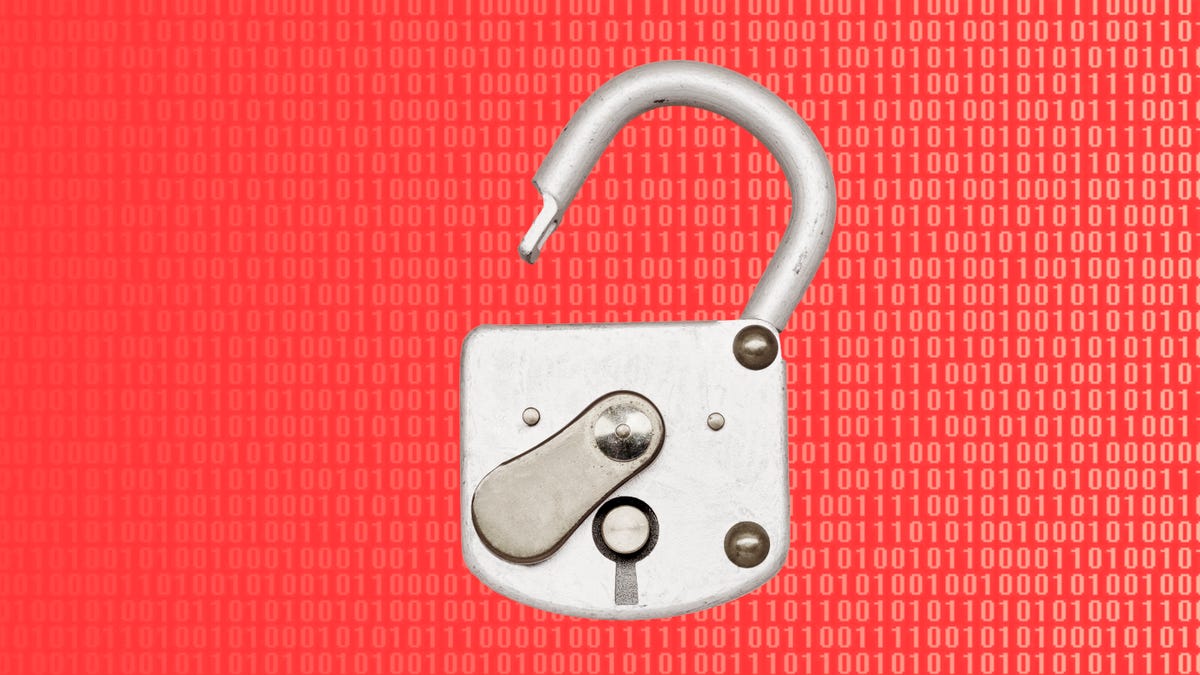Open Source Cybersecurity A Growing Threat to the Digital World: The Hidden Risk Behind Open-Source Software, In March, a serious software bug embedded in the open-source compression utility XZ Utils almost compromised vast parts of the internet.
This backdoor, designed to allow full administrative control, was discovered just in time by a Microsoft engineer. The bug’s exposure prevented a potential cyber catastrophe affecting millions of users.
Although a disaster was avoided, this incident exposed a glaring reality: open-source software, which forms the backbone of the internet, carries major security risks that remain unaddressed. The issue lies not just in code, but in the people, processes, and priorities of the open-source world.
Why Open Source Is Everywhere and Vulnerable
Nearly 70–90% of software applications today depend on open-source components. Android, for example, relies on the Linux kernel—the largest open-source project in existence. From enterprise platforms to personal apps, open-source tools are the invisible framework of our digital lives.
Despite its prevalence, few outside the tech community fully understand how open source works. Most of its code is written and maintained by unpaid volunteers. While this collaborative approach accelerates innovation, it also introduces security flaws, particularly when projects scale without corresponding support.
Case Studies in Cyber Insecurity
The XZ Utils bug isn’t an isolated incident. A similar vulnerability in 2021—known as Log4Shell—stemmed from the popular logging library log4j. This bug enabled hackers to execute arbitrary code remotely, impacting millions of systems globally. Another high-profile example, the Heartbleed bug, exposed sensitive data through OpenSSL in 2014. In each case, security issues originated from poorly resourced projects that supported major tech infrastructure.
The Role and Struggles of Open Source Maintainers
At the center of every open-source project is a “maintainer.” This individual (or small team) manages contributions, validates updates, and documents software behavior. Yet, most maintainers receive little or no compensation for their time. Burnout is common, and in some cases, overwhelmed developers hand over their projects to unknown contributors—sometimes cybercriminals, as seen in the XZ case.
Surveys by Tidelift and the Linux Foundation repeatedly show that over half of maintainers are unpaid. This lack of financial support contributes to lapses in code quality, delayed updates, and weakened defenses against attacks.
A System Built on Idealism, Now Used for Profit
Open source originated in the 1980s as a free software movement focused on digital freedom. In the 1990s, it was rebranded to appeal to the corporate world. Today, nearly every major tech firm uses open-source software, but few contribute back to its maintenance.
Despite depending on FOSS (Free and Open Source Software), corporations often fail to support the developers behind it. Instead, maintainers must rely on donations, crowdfunding, or side income to continue working. This disconnect has made open-source a critical yet fragile component of digital infrastructure.

Supply Chain Attacks and the SBOM Solution
Modern cyberattacks increasingly target open-source vulnerabilities in software supply chains. Attackers exploit weak or outdated dependencies to infiltrate systems. Tools like the Software Bill of Materials (SBOM) aim to fix this. SBOMs list all the components in a piece of software, helping developers identify security risks more efficiently.
After high-profile incidents, government action has increased. The Biden administration mandated SBOM usage for federal contractors. While this improves visibility, SBOMs do not patch vulnerabilities. They only reveal where problems might exist.
Structural Reforms Still Lacking
Organizations like the Open Source Security Foundation (OpenSSF) have launched tools like Sigstore and GUAC to secure code and validate its origins. But these efforts face an uphill battle. Without consistent funding and institutional support, many promising solutions remain underutilized.
Experts like Matthew Hodgson argue for public funding of open-source projects, treating them like national infrastructure. Despite the logic, widespread political or corporate will to support this transformation remains limited.
A Call to Action for the Tech Industry
Until corporations invest in the sustainability of the open-source tools they use, maintainers will continue to shoulder the burden with limited resources. The risks are no longer theoretical. Open-source vulnerabilities have caused real damage—and will again if left unaddressed.
Supporting open-source security is no longer optional; it’s essential. Failing to act could put billions of users and businesses at risk, undermining the very foundation of the digital age.
For more visit our Site.
